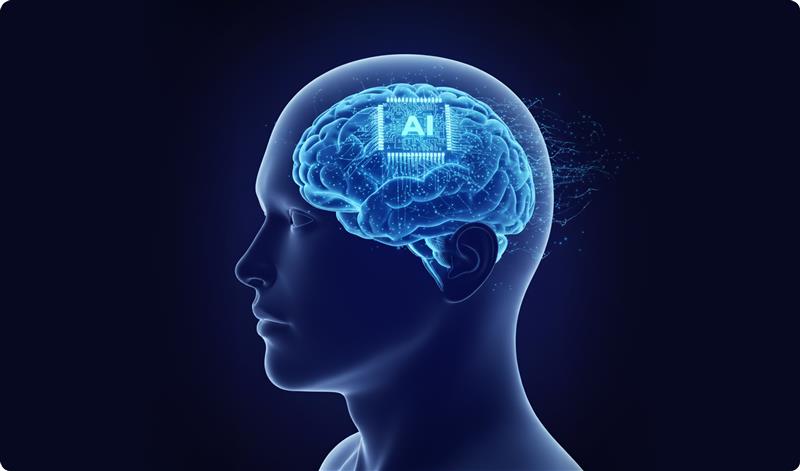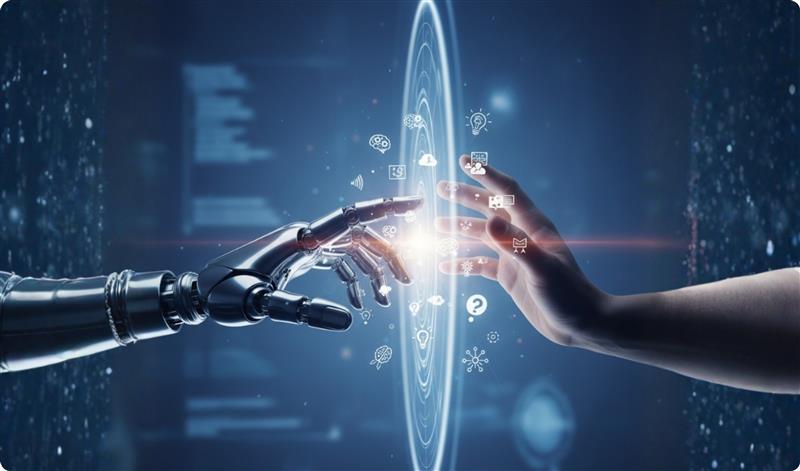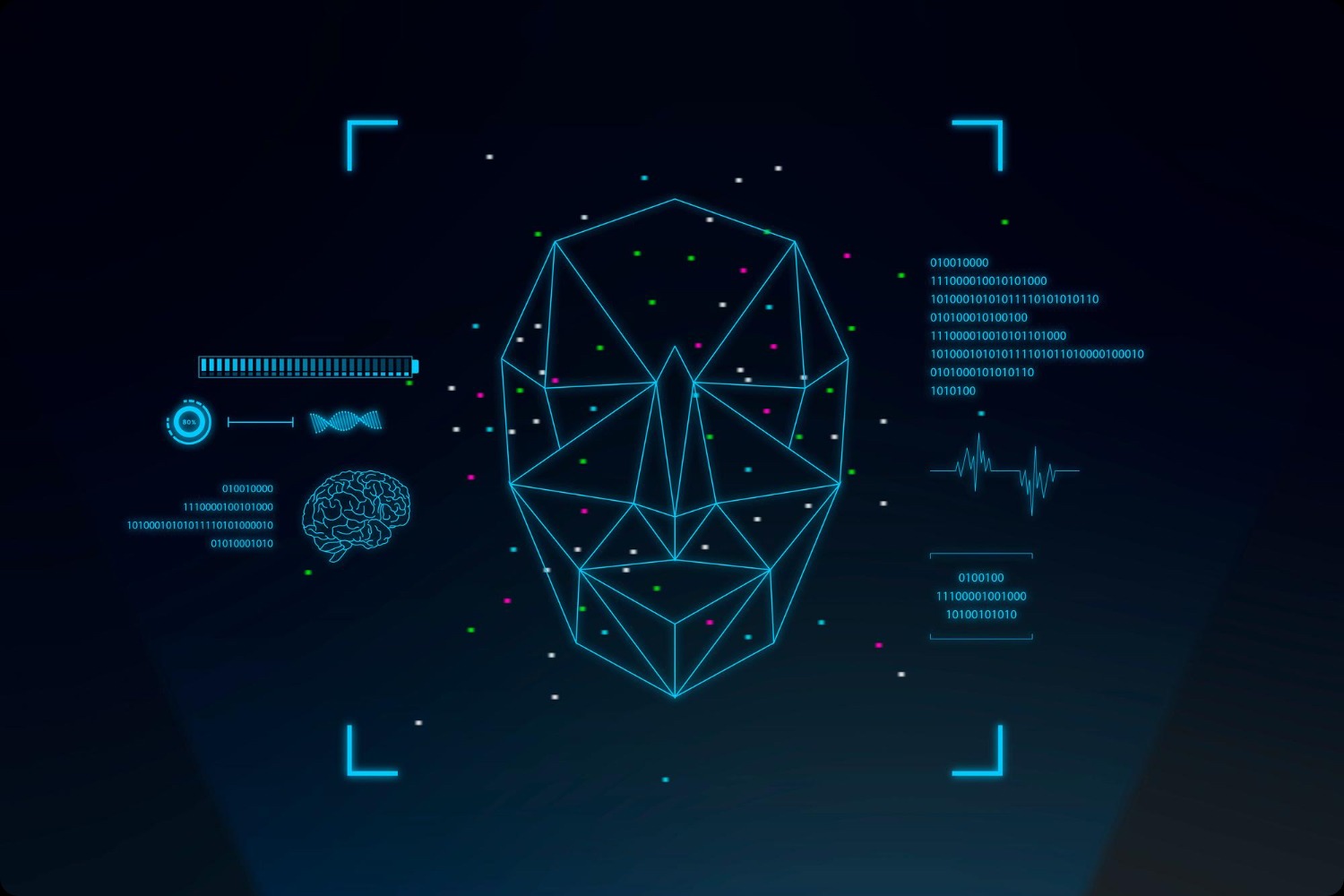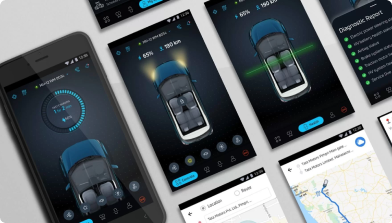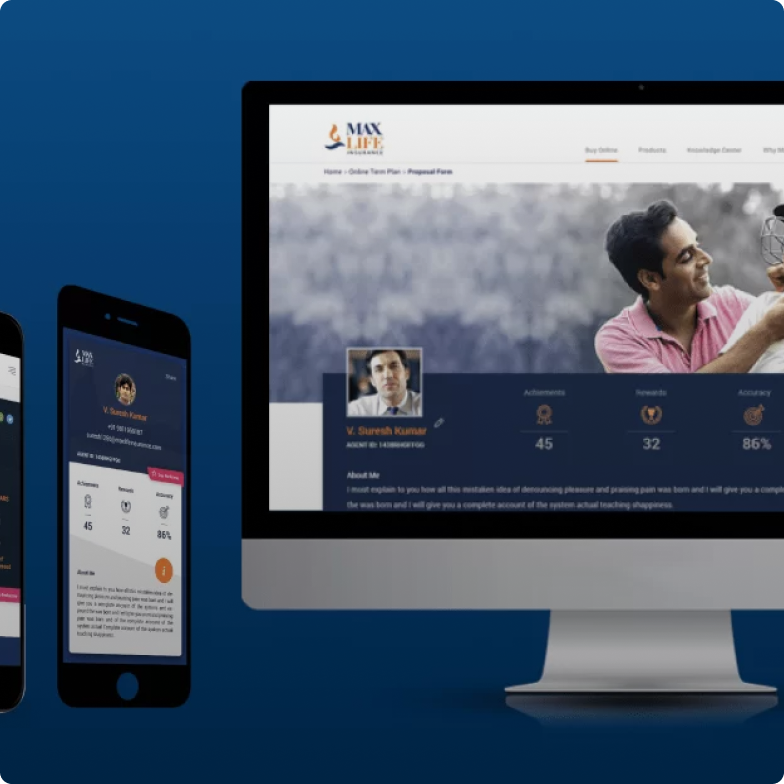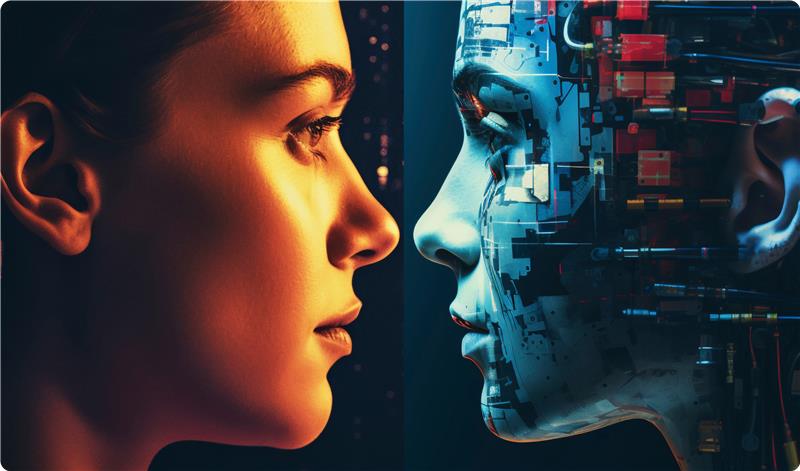
We live in a time where AI is no longer experimental—it’s operational. It powers co-pilots in enterprise tools, recommends actions in critical workflows, and quietly runs beneath the interfaces we use every day. The race is no longer about “can it work?” but “does it work for people?”
And that’s where Agent Design enters the conversation.
At yuj, we’ve always believed that great UX goes beyond screens—it lies in creating differentiated experiences that align with how humans think, feel, and decide. Today, that belief takes on new urgency as we transition from interface designers to intelligence shapers.
From Interface to Intelligence
The traditional UX designer optimized journeys through screens.
The Agent Designer designs journeys through cognition.
We’re no longer building static flows. We’re building dynamic systems—AI agents that act, adapt, and sometimes even challenge the user. That requires a radical shift in how we define experience.
Let’s break it down.
1. Functionality ? Usability in the Age of AI
We’ve seen this firsthand.
An AI product might nail accuracy and still fail the user.
A chatbot that gives correct answers but in the wrong tone.
An AI assistant that oversteps and takes actions without consent.
A co-pilot that floods users with too many “smart” suggestions—creating chaos, not clarity.
Agent Designers step in to bridge this emotional and behavioural gap.
At yuj, we design agents that don’t just complete tasks, but make sense in the context of human expectations:
- Does this decision feel appropriate for the situation?
- Is the agent communicating intent, not just output?
- Can the user understand why something happened—and feel in control?
2. Human-AI Alignment is a Design Mandate
The biggest misconception in AI development today?
That better models fix broken experiences.
Truth is that alignment with human values, mental models, and interaction norms is a design challenge—not a data one.
Agent Design teams should focus on:
- Designing for predictability and explainability
- Defining ethical boundaries and user control
- Creating interfaces that act with cognitive empathy
We don’t just define UI states. We define when the AI should act—and when it shouldn’t.
That’s where the real intelligence lies.
3. Design is the New Ethics Engine
Let’s be honest: AI has no built-in sense of ethics. It reflects what we feed it.
When an AI system makes a decision that feels insensitive or biased, it’s often not because the model failed.
It’s because the design didn’t account for the human experience.
Agent Designers bring in:
- Emotional modulation: How tone shifts in different contexts
- Moral foresight: What’s the impact of an action in a sensitive scenario?
- Transparency in communication: Does the system explain itself clearly?
These are not “nice-to-haves”—they’re must-haves for adoption and trust.
4. From Outputs to Outcomes: A New Success Metric
In the traditional world, product success = accuracy, speed, completion rate.
In the agentic world, success = connection.
- Did the user trust the decision?
- Did the experience create confidence—or anxiety?
- Was the interaction human-aligned, not just technically correct?
We’re not just building agents that work.
We’re building agents that earn trust.
And that changes the entire playbook.
The Future Belongs to Agent Designers
As AI becomes embedded in every workflow, the UX designer evolves.
No longer a screen-flow architect, they become:
- A behavioural strategist
- A meaning-maker
- A guardian of trust
At yuj, we’re proud to lead this evolution.
Our Agent Designers are helping shape a new class of products—ones that think intelligently but act meaningfully.
Because the future of AI isn’t about domination.
It’s about collaboration—between systems and the humans they serve.
And that’s a design challenge we’re ready to meet.
Ready to explore what Agent Design could mean for your AI product?
Let’s build intelligence that connects — not just computes.
